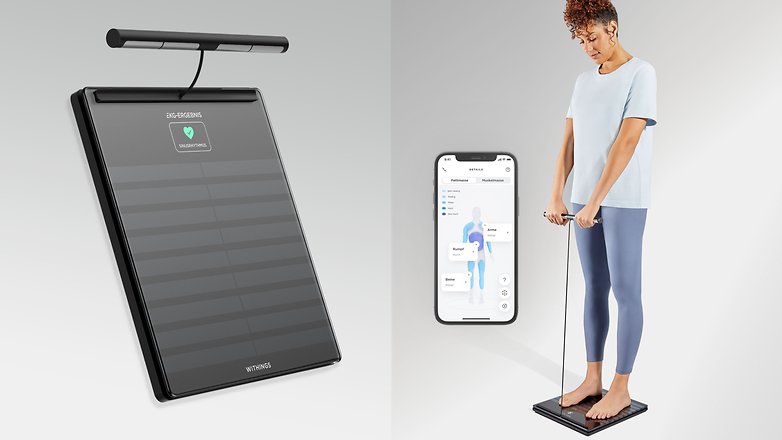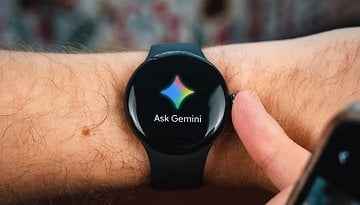Withings Body Scan: Body fat scale for athletes and diabetics


Read in other languages:
In 2009, Withings introduced the first connected body fat scale in the world. Since the "Body", plenty has happened in this department, not to mention the mushrooming of competition. With the Body Scan unveiled today, Withings wants to remain one step ahead of the competition again. The focus? A sensor handle that the user holds in their hands while recording their weight.
TL;DR
- Withings Body Scan measures upper and lower body composition using a special handle.
- Cardiovascular health can be measured as "vascular age" compared to one's actual age.
- Diabetics benefit from an early warning system for peripheral neuropathy.
- At $279 a pop, the scale is anything but a bargain!
Like its various predecessors, the Body Scan will be able to measure your pulse. However, Withings can also perform a 6-channel ECG with the help of other integrated sensors within the handle. This allows (in theory) the detection of cardiac arrhythmias. Smartwatches are rather limited in this manner with their 1-channel ECGs.
Like its predecessor, the Body Cardio (via a software update), the Body Scan is also able to measure your vascular age. This is achieved by measuring pulse wave velocity, allowing the scale to measure the speed at which the pressure wave of the heartbeat travels along the aorta and arterial vascular tree. The readings can be used to determine a "vascular age".

New to the Body Scan is an advance warning system for peripheral neuropathy. These are nerve diseases of which diabetes sufferers face a high risk. To achieve early detection, electrodes in the scale and sensor handle are able to measure the ability of one's sweat glands to release chloride ions in response to stimulation. The principle is not new but it was not used in body fat scales previously.
Speaking of body fat scales, the Withings Body Scan also naturally offers bioelectrical impedance analysis to measure one's body composition. One advantage here is the new handle, which allows for a more detailed measurement. Previous Withings scales, like all other scales without a sensor handle, only measured the composition of the lower half of the body and then extrapolated that reading to the entire body. But every person distributes fat differently around the body due to genetic predispositions.
In this context, the measurement of visceral fat is also interesting, at least on paper. This is the unpleasant abdominal fat that hangs out between your organs, which usually means an increased risk of cardiovascular disease. As with the features mentioned so far, the same applies here: It will be exciting to see how well it all works in reality.
The bottom line is this: Withings wants to create personalized health plans based on all these readings, which users can use to work on their fitness. If needed, the manufacturer also wants to connect with medical professionals directly through the app.

What else is there to say about this? The integrated battery in the scale is supposed to last a year and can be recharged via USB. You can view your health data via Withings' Health Mate app or directly on the 3.2-inch LCD that is embedded within the scale. The Body Scan won't help you burn away your Christmas fat just yet: The scale will not be released until the second half of 2022 and will have a MSRP of $279.



















